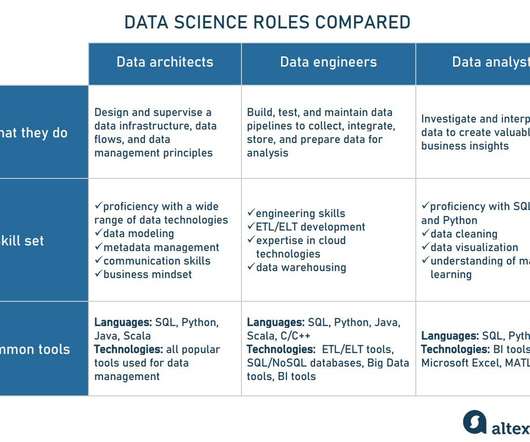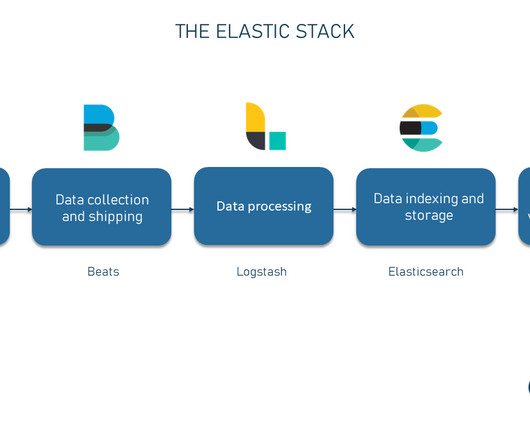What is enterprise architecture? A framework for transformation
CIO
NOVEMBER 23, 2022
Enterprise architecture definition Enterprise architecture (EA) is the practice of analyzing, designing, planning, and implementing enterprise analysis to successfully execute on business strategies. Of course, to implement any EA strategy, you will also need to ensure that you have buy-in from other executives and stakeholders.






































Let's personalize your content